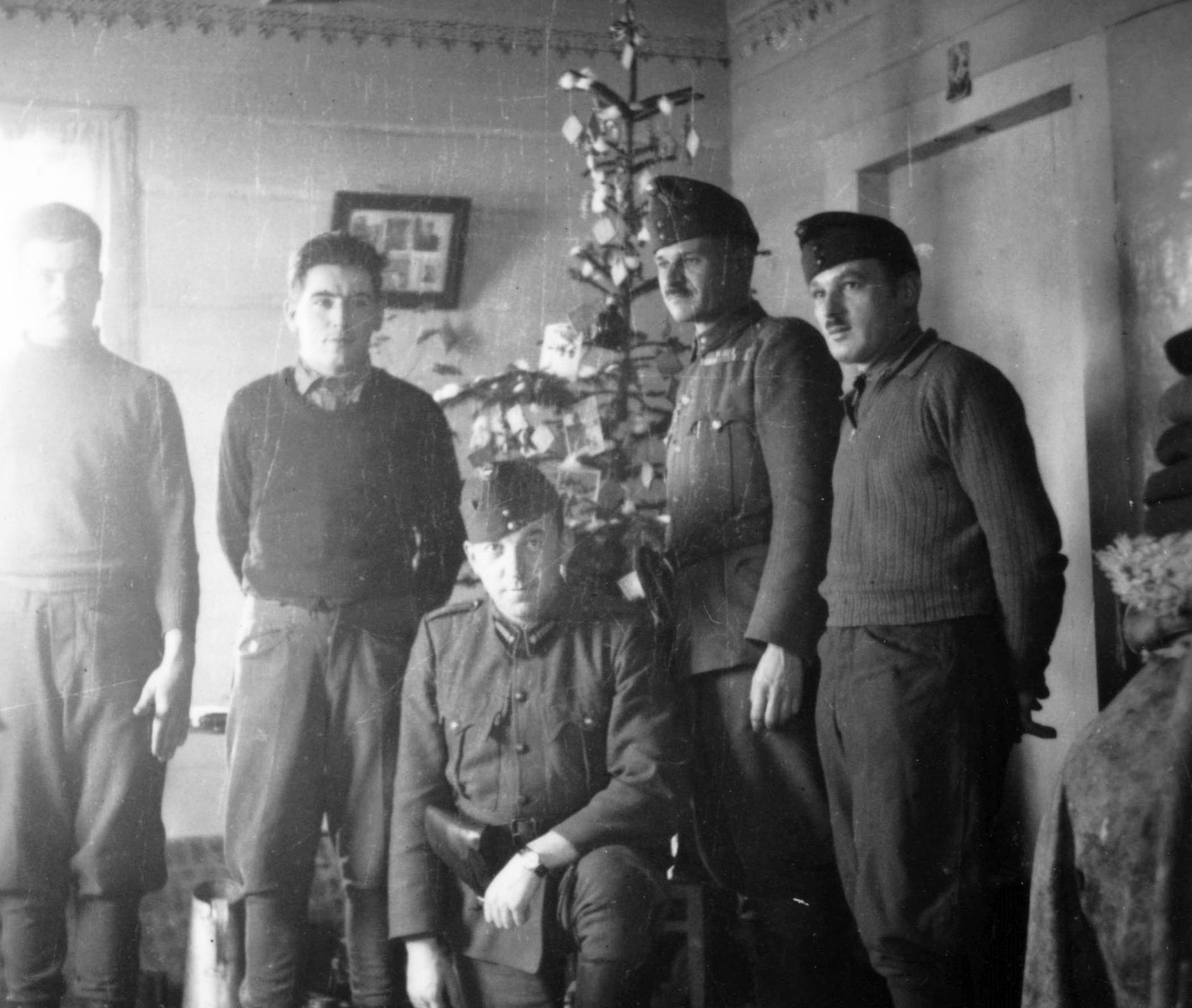Was Jesus a Pacifist?
Against the seemingly gentle assertions of pacifism, those who truly want to love in our world must understand there remains a need of coercion to maintain a minimum of justice and to preserve those innocents whom the unjust would ravage.
Andrew FulfordJanuary 18, 2018
Christmas Hope and New Year Faith
The story of Christmas is a story of hope realized. God came to earth as a man in the person of Jesus the Christ, thus confirming the prophecy delivered to Eve, the promise given to Abraham, the kingdom foretold to David. And so, in that spirit, says Edward L. Parsons in this piece, Christians living through the Second World War should put their faith into action to help bring peace to the world. With the Prince of Peace as their savior and model, Christians can restore order and bring justice to their fellow image-bearers.
Christianity & Crisis MagazineDecember 22, 2017
The Christian Church in the Latter Half of the Twentieth Century
Francis P. Miller claims the church cannot stand by and optimistically assume that the state will pursue justice without the assistance of a religious ethic.
Christianity & Crisis MagazineDecember 7, 2017
A Church Faces Its World
This article about the viewpoints of Christians & the Church in response to World War II was originally published in Christianity & Crisis on June 15, 1942.
Christianity & Crisis MagazineJune 30, 2017
The Local Church and the War
This article about the morality and justification of World War II and the Church was originally published in Christianity & Crisis in 1942.
Christianity & Crisis MagazineApril 27, 2017
Who Is Our Neighbor? Lessons from the Good Samaritan
Jesus’s command to “love your neighbor as yourself” (Mark 12:31) leads to the core question: who is my neighbor? Although he answers with a parable, Jesus surprisingly does not directly define the term but, rather, he demonstrates something greater. But drawing lessons from this parable today presents a challenge. The world is much bigger, the problems often larger, the potential danger much higher, opinions more varied, and the methods and means at our disposal far more vast. As the scenario is changed, how does the lesson in the parable influence what we do? What if the Samaritan showed up a few minutes earlier, while the robbery was occurring? What is the appropriate response then?
Ryan McDowellJune 30, 2016







 Sponsor a student for Christianity & National Security 2024
Sponsor a student for Christianity & National Security 2024